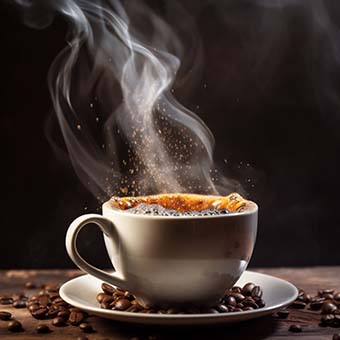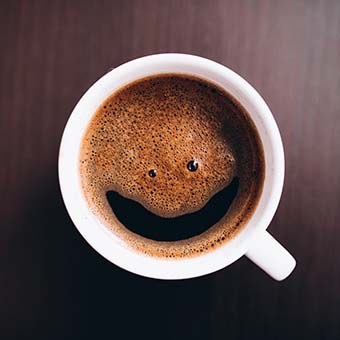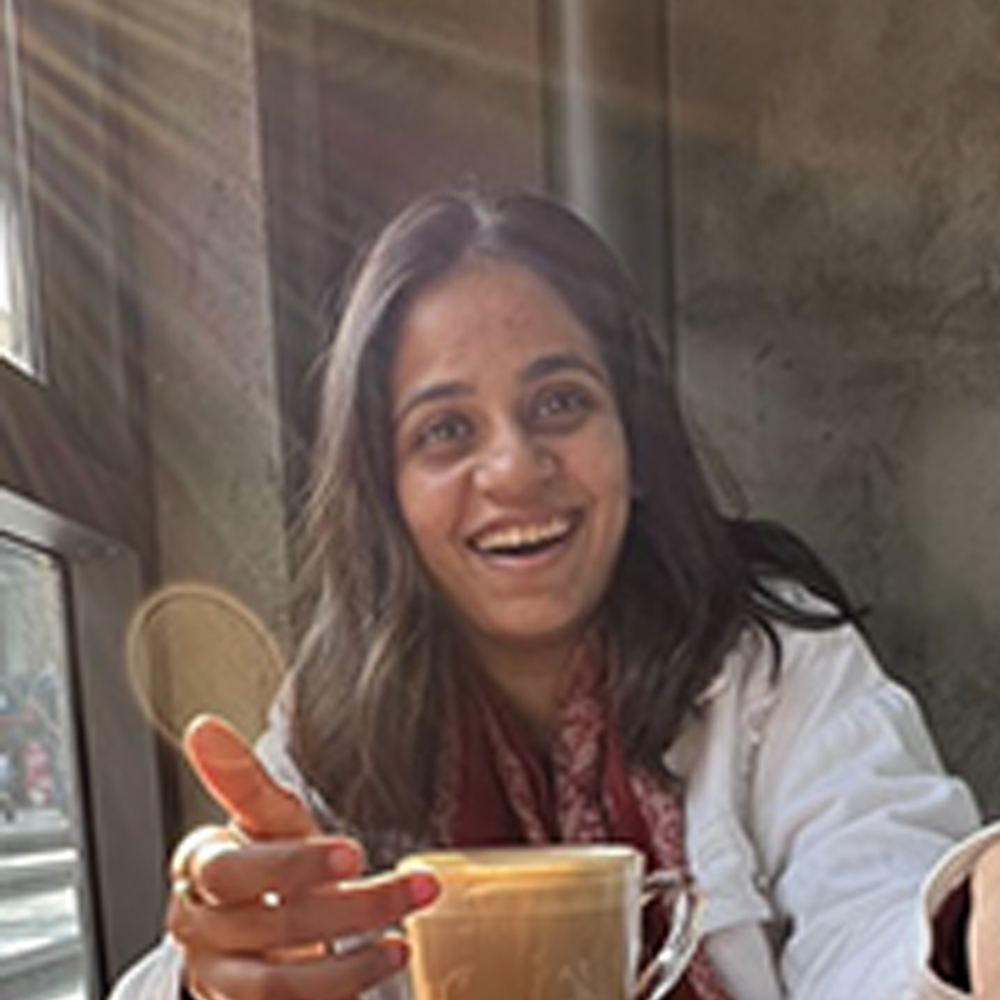I have developed a specific mental image associated with each food item or beverage I consume throughout my life. If I’m presented with something that could be more appealing, I would be more likely to try it. This preference extends to my coffee cravings as well. When I desire a cup of coffee, I first go to my Joemush coffee station and make myself one. Yet, visiting a coffee shop provides a unique experience because they brew coffee, This leads to a continuous presence of the rich aroma of coffee filling the atmosphere.. This aroma intensifies my urge to have coffee, because I am a coffee addict. Even if I weren’t a coffee addict, the presence of the coffee aroma in a coffee shop could still make me want to grab a cup of coffee. How do these four elements make a coffee experience different? Here are some tips.

- Appearance: As the saying goes, “We eat with our eyes first,” and the same holds for coffee. The appearance of a well-crafted cup can captivate and entice. From the rich, dark hue of espresso to the golden-brown shade of a pour-over, coffee’s colour reflects its strength and brewing method. A creamy head of foam, known as crema, in an espresso shot adds an element of visual allure. The way coffee appears in your cup sets the stage for the sensory experience to come.

- Aroma: Ah, the smell of brewed coffee! The aroma floating through the air makes any coffee lover’s heart skip a beat. Coffee beans release a mesmerizing fragrance when exposed to hot water. The aroma can vary depending on the roast level, origin, and brewing method. The smell of coffee, whether it’s the deep tones of a dark roast, the fruity hints of an Ethiopian pour-over, or the chocolatey scent of a medium roast, creates anticipation for the upcoming taste.

- Taste: The moment we’ve been waiting for—the taste of coffee on our palate. Coffee presents an intricate range of Flavors that can be bold and nuanced. The taste depends on various factors, including the coffee bean variety, roast level, grind size, water quality, and brewing technique. From the bittersweet taste of a strong espresso to the vibrant acidity of a light roast, Every sip brings a new depth of complexity. Coffee tasting is an art, as connoisseurs can detect flavour notes such as caramel, citrus, floral, nutty, or herbal undertones.

- Texture: Texture plays a significant role in our perception of coffee. It refers to the body, or mouthfeel, of the beverage. A coffee’s texture can range from light and watery to thick and velvety. Factors that influence texture include the coffee’s roast, brewing method, and the presence of oils or sediments. A well-balanced cup will have a smooth and satisfying texture that complements its flavour profile. Whether it’s the full-bodied mouthfeel of a French press brew or the silky smoothness of a well-made latte, the texture adds an extra feeling to the experience.

Exploring the World of Coffee
Conclusion:
Coffee is a sensory journey that engages our senses on many levels. Its appearance, aroma, taste, and texture create a holistic experience that coffee enthusiasts cherish. Next time you grab a cup of coffee, take a moment to appreciate the beauty in its appearance, an experience of drinking coffee. Inhale the pleasing aroma, relish the diverse Flavors on your tongue, and savour the heavenly texture that lingers. The art of coffee lies in its preparation and the way it engages and delights our senses.

